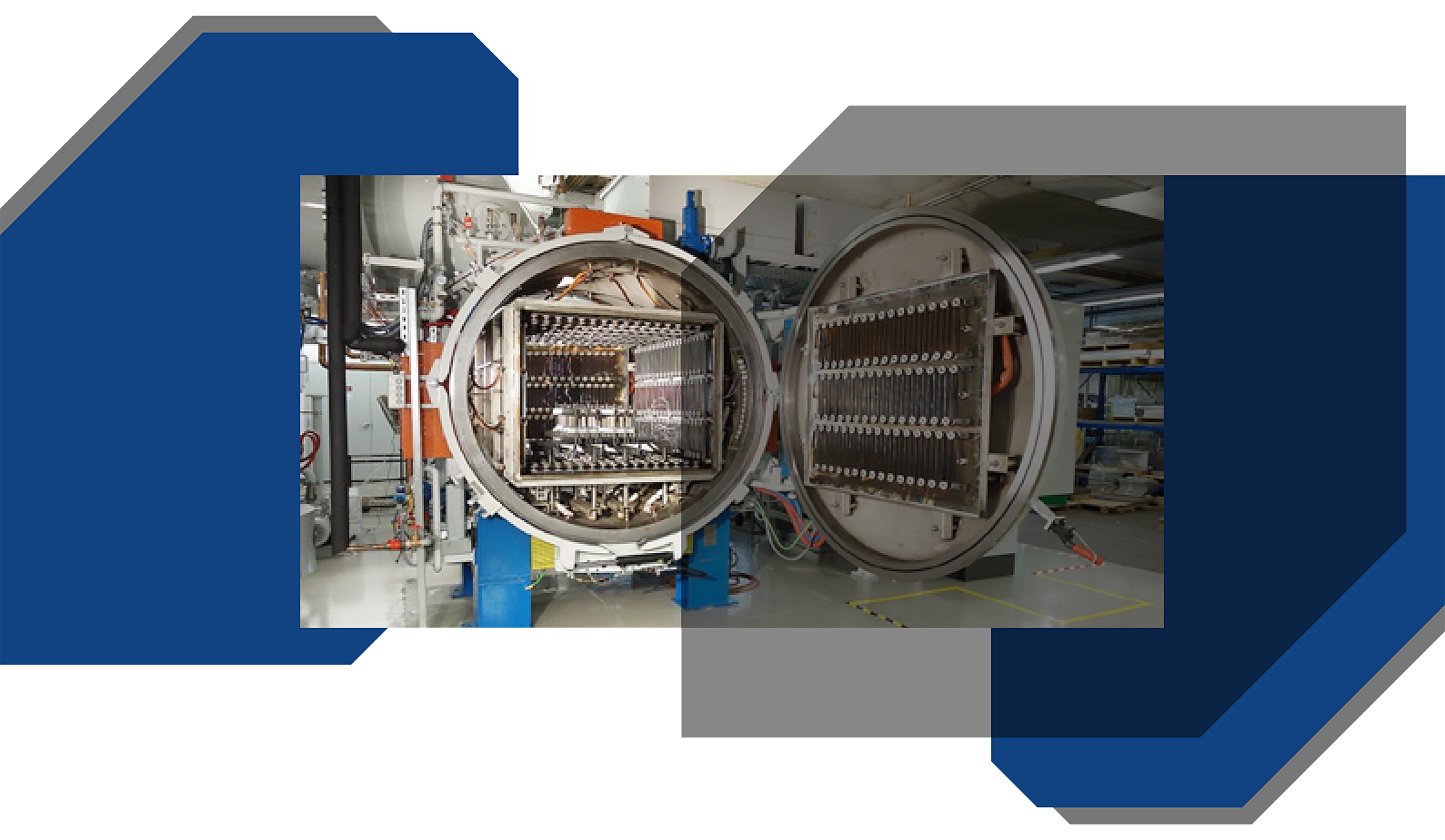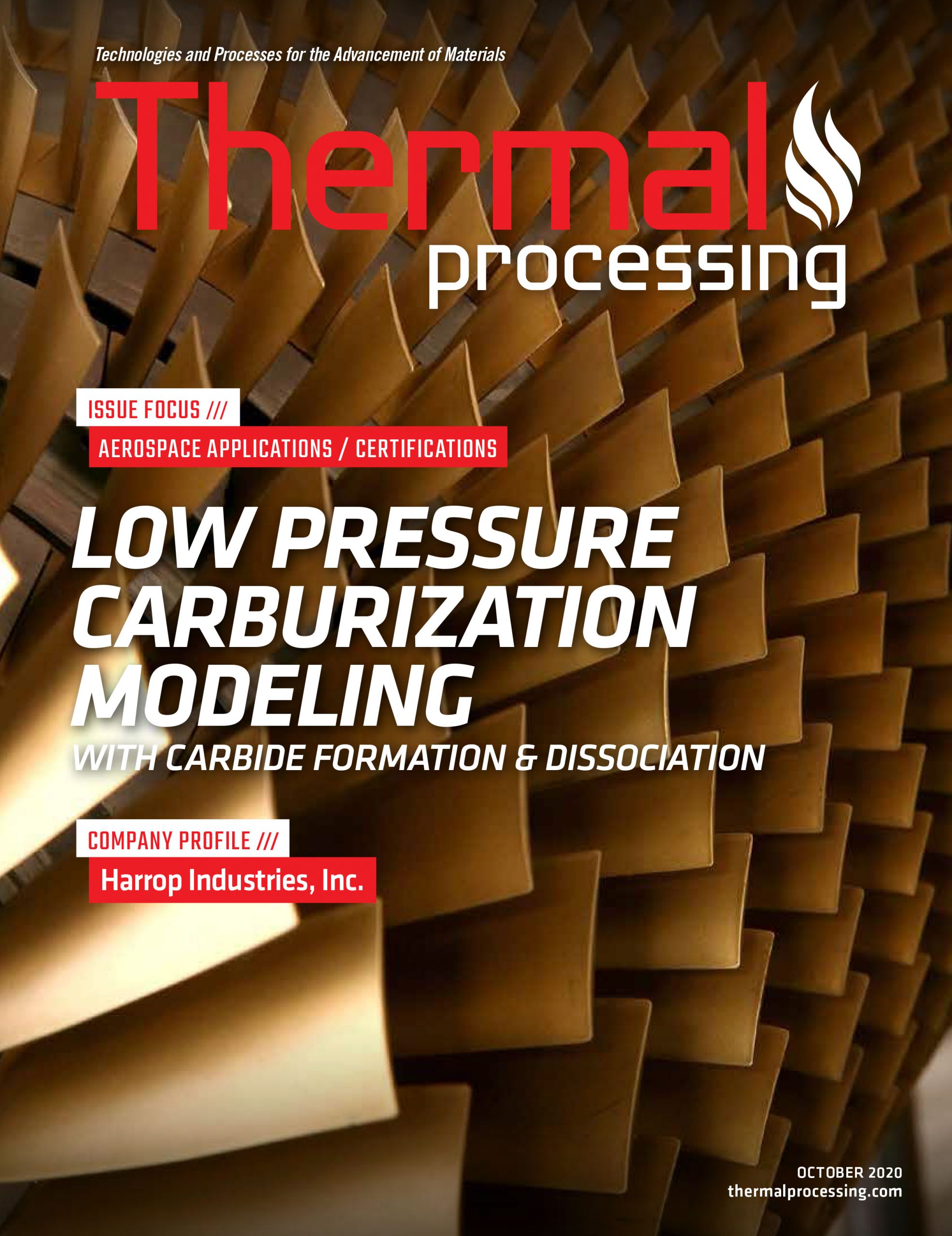How did you first hear about Nadcap, and why did your company decide to pursue Nadcap accreditation in the first place?
Braddock Metallurgical was partnered with many aerospace suppliers. As Nadcap accreditation became more widespread, we were approached by our customers in 2004 to participate in the program and attain a Nadcap heat-treat accreditation. Braddock has always had a strong commitment to quality and to customer service. Participation in the Nadcap program has enhanced our robust quality system and continues our commitment to the partnerships with our customers.
How easy is it to find the information you need to help you prepare for a Nadcap audit?
Navigating www.eAuditNet.com can sometimes be challenging, but, once you get the hang of it, you will see that all the information you need is at your fingertips. I would highly recommend any auditee who wishes to get more familiar with eAuditNet, and how to use it, to attend the “eAuditNet Tutorial for Suppliers” session given at each Nadcap meeting. This session, along with other helpful ones such as “Keys to a Successful Audit,” is sponsored by the Supplier Support Committee and is given the Monday of each Nadcap meeting.
You can also find these presentations on eAuditNet, under Resources/Documents/Public Documents/Supplier/SSC Meeting Presentations as shown.
How long before the actual audit do you start preparing, and what do you do to prepare for a Nadcap Audit?
There is no specific time block that can be set aside for audit preparation. It should be an ongoing process as our Nadcap facilities must maintain a constant state of preparedness.
At Braddock, this is led by the plant manager and plant quality manager, and Nadcap checklists are an integral part of our internal audit system. Checklists for Nadcap and AS9100 are scheduled for review on a monthly basis through our internal audit schedule system. Audits are performed by plant personnel who are directly involved with the processes related to the checklist. The continual internal audit schedule rotation and involvement of plant personnel is critical to help ensure compliance at all times. It is basically an ongoing self-audit system that can be used as part of the required documentation to be submitted 30 days prior to the actual Nadcap audit.
Contract review and job audits also play a large role in staying prepared. All heat-treat processes are scrutinized against industry specifications and customer requirements and then double-checked for adequate flow-down prior to being released to production.
How do you find the audit scheduling process?
While I believe that the scheduling staff does a great job, I think there is always room for improvement. As with anything, the scheduling process is not excluded from improvement. I am sure it is not as simple as it may seem, and I don’t really have proper suggestions as to what could be done to improve it.
However, I can tell you that I have had a couple of issues in the past where I needed to contact the staff, and they were very helpful. Even though we actively participate in Nadcap, we are always trying to schedule customer audits around the Nadcap audits, and this can sometimes be very difficult for all parties involved in the process. As an aerospace and commercial heat-treating company, not all of our business is for the aerospace industry. Commercial customers expect and deserve the same level of customer service as our aerospace customers do.
Do you have much interaction with the Performance Review Institute’s (PRI) staff before the Nadcap audit and how is it?
There is not much interaction with the PRI staff, in general, unless there is an issue with either a scheduled date or an auditor-change request. My experience with PRI staff has always been positive. However, with allotted time frames given and the high demand for auditors, I am sure scheduling audits to meet everyone’s expectations and to keep everyone happy can become difficult at times for the staff.
What are your expectations of the audit and how do they compare with what actually happens?
I think my expectations are about the same as everyone else’s. I expect a fair and thorough audit. And most of the time that does seem to be the case. I have had some issues with a couple of auditors over the years, but I think that PRI does listen, and I know that they do deal with issues as they arise. Overall, I would say that I am satisfied with the process.
What has been your experience with auditors and their way of conducting the audit?
I think it’s fair to say that the majority of the auditors I have encountered are fair and open-minded and have good communication skills. Some auditors are better at managing their time than others. Each auditor is different, but time management is one of the keys to a successful audit. I believe that a course on time management as part of the Auditor Conference would be beneficial in order to avoid lengthy days and late-night sessions, which are not conducive to a good audit experience.
 What are your thoughts on the opening session?
What are your thoughts on the opening session?
The opening session is fairly standard and consistent among the auditors. The auditor works with the quality manager, general manager, production manager, and myself — corporate director of quality — to establish a general timeline, review historical jobs, and in-process jobs that need to be witnessed. We also discuss any potential issues concerning availability of jobs and necessary personnel.
On the closing session?
The closing session, again, is fairly standard. It mainly consists of the auditor having a meeting with the same team as during the opening session to ensure that we understand any/all findings as well as the eAuditNet non-conformances response submission process. I think a standard PowerPoint may be helpful for consistency of the material covered.
What did you find most challenging during the audit?
As mentioned earlier, I would say time management is the most challenging aspect. It is often difficult to ensure that there are enough in-process jobs available to complete the checklist requirements and to cover the ratio of historical jobs/in-process jobs within the time allowed.
What could be done to improve the experience of going through a Nadcap audit as well as having an auditor on site?
This is a tough question, and I must be honest here: I really don’t have a proper answer for this one. I do think that training must stress the importance of multitasking several checklists simultaneously by the auditor, which again can be linked back to time management. In addition, there should be a certain amount of flexibility when looking for objective evidence in order to satisfy task group requirements as we feel sometimes auditors are quite rigid.
What is the first thing you do once the Nadcap auditor leaves?
At Braddock Metallurgical, the first post-audit thing we do is to assemble the audit team, led by our quality manager, to discuss what we need to do in order to take care of any immediate actions related to the findings to ensure compliance moving forward.
Once we review our action list, we set up sub-teams to perform root cause corrective action (RCCA) and assign responsibilities for actions to be taken. Assigning responsibilities is crucial to keep track of what is happening and ensure corrective actions are found and implemented within the right timeframe to get the Nadcap accreditation.
How does the outcome of the audit and your company performance compare to your expectations?
Although we usually do pretty well, the goal is always to receive zero findings for each audit that is conducted. In reality, however, there is always room for improvement. We have four Nadcap-accredited sites, and we apply lessons learned by each location across the board.
How do you go about responding to non-conformances (NCRs), if you have any?
We form a problem-solving team of people that have direct responsibility for the affected area(s)/ procedure(s) and are involved from a user standpoint. I do help facilitate the meeting, but the quality manager is ultimately responsible for closing all NCRs.
What tools do you find most useful in the RCCA process?
We tend to stick with the “5-Why Approach to Root Cause” method due to its simplicity and effectiveness. We use the final “Why” as our root cause and submit the objective evidence related to our action plan for closure of the related NCR.
I would also say, as a member of the Supplier Support Committee, I do work with many staff members on meeting-related issues, but I have never had any issues with any of the PRI staff members. In fact, I have always had a good working relation with both the staff engineers and the PRI support staff. I am aware of the importance and impact that this article may have on the Nadcap community, especially on SMEs who are new or who don’t have much experience with the Nadcap program.
This is why I would like to share some advice to other Nadcap auditees as a conclusion:
- Audit preparation is key and must continue before and after the audit.
- Do not hesitate to contact a staff engineer if you have a question about a finding. They can be very helpful.
- Understand the process. The Supplier Support Committee and PRI support staff are there to help you. Let them, or even ask them.
ABOUT THE COMPANY
Braddock Metallurgical was founded in 1953 by William R. Braddock in New Jersey. It now has U.S. sites in Bridgewater, New Jersey; Charlotte, North Carolina; Atlanta, Georgia; Jacksonville, Florida; Daytona Beach, Florida; Boynton Beach, Florida; Riverview, Florida; and Bayamon, Puerto Rico. Four of the seven Braddock Metallurgical locations are Nadcap-accredited in heat treating, with its Boynton Beach plant in Florida also holding Non-Destructive Testing Nadcap accreditation. The Riverview site was the company’s first Nadcap accredited location, with both certificates granted in April 2005. Three Braddock Nadcap heat-treating accredited plants have attained Merit status. This article appears courtesy of the Performance Review Institute. For more information, go to p-r-i.org.






































